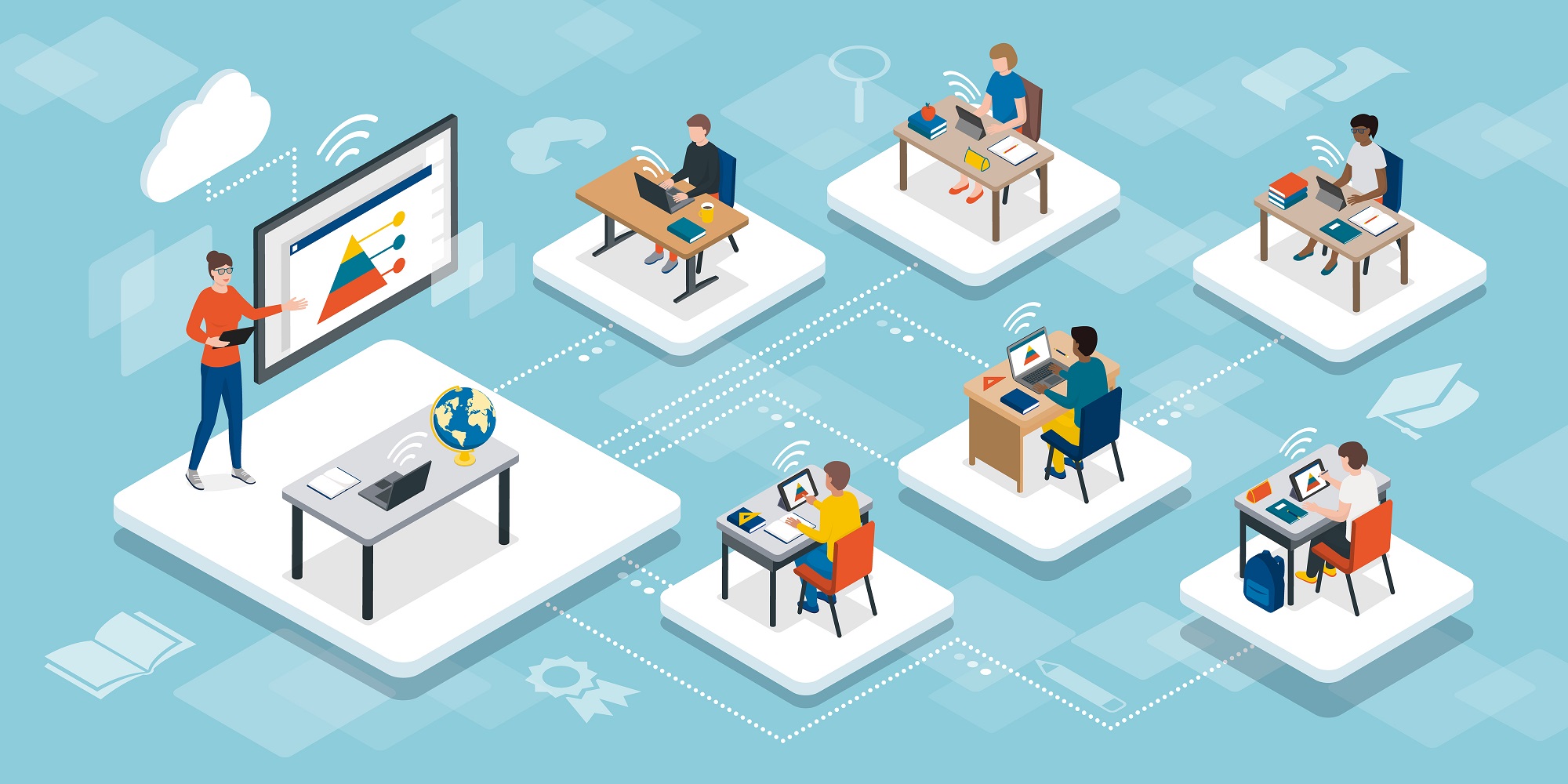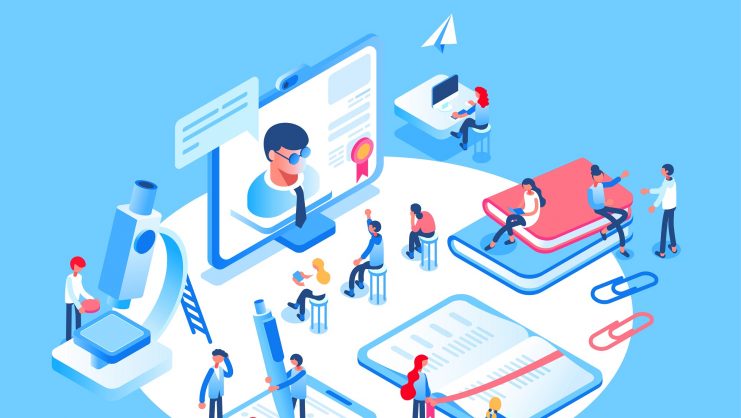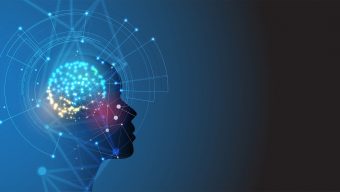In an era of machine meritocracy in which the rise of technological advancements will impact every aspect of our lives, we are on the brink of dramatic shifts across industries and disciplines. In general, educative curriculum has evolved to embrace our continuous and increased understanding of the world – and the internet has delivered self-education straight to our doorsteps in new and exciting ways, with websites like Khan Academy, Coursera, TED, Wikipedia, and YouTube turning into prominent (and primarily free) global knowledge hubs.
Nonetheless, despite these developments, today’s education system remains static and generalized. Within the conventional methods of education, there is less focus on individual self-development than there should be. Adding to that is the fact that students often don’t understand why they are learning the materials they are expected to learn and this makes classes feel arbitrary and without purpose. In addition, they are forced to adhere to strict timelines as opposed to pursuing creativity and curiosity, and often experience a looming fear of failure, being assigned grades from A to F at the end of each semester. Meanwhile, teachers have a full agenda that includes lesson planning, teaching, grading, and giving students individualized attention.
Considering all this, how can education not only be improved but taken to the next level? Is it possible to make education more effective, exciting, and practical? One avenue to explore is the use of technologies such as blockchain and artificial intelligence (AI).
Blockchain is a highly transparent, resilient, and efficiently distributed public ledger (or database) that is dispersed in a cloud-based format that includes data spread geographically across a peer-to-peer network of computers. The benefits of blockchain technology apply to a variety of areas – social, political, humanitarian, and scientific – and have given rise to new organizational and institutional forms of economic governance. In fact, the technology is a potential game-changer for many industries, from banking and insurance to energy management and education, because it is a global and open resource that, unlike centralized systems, does not rely on a trusted third party.
Many academic institutions are still focused on the one-way model of learning in which the teacher broadcasts information for the student to passively receive.
Blockchain technology in education and learning systems is more than the use of big data, social web, MOOCs, and virtual reality. It is now time for education managers to use blockchain technology in more specific methods. For example:
- Managing student records. Most academically accredited institutions have the challenge of maintaining privacy and security of stored data, and adhere to a system elaborated by the Education Advisory Board (EAB) in 2013 regarding how the data about students and alumni can or cannot be used in fundraising efforts. From a technological standpoint, academic institutions can program the blockchain to record the necessary data of their students and alumni, from birth certificates and social security cards to education transcripts and student loans, while ensuring the data is accessed and used properly.
- Developing new pedagogy and learning models. When universities stifle or restrict the learning environment, the campus experience and the credential itself is undermined. In reality, many academic institutions are still focused on the one-way model of learning in which the teacher broadcasts information for the student to passively receive. This learning model is simply not relevant for the digital age and today’s generation of students. Blockchain can help transform the learning model into something more fluid, interactive, and profound by providing a platform for collaboration that enhances the exchange of ideas while not only tracking student and teacher contributions but also rewarding them for results.
- Tracking and tackling student debt. Between 1995 and 2015, the average tuition at private US colleges and universities increased by 179%, while fees for out-of-state students at public schools rose 226%, and in-state fees ballooned by 296%. In 2020, student debt in the United States reached an all-time high with Americans owing a total of $1.57 trillion in student loans. It’s no wonder that college fees were such a hot issue in both the 2016 and 2020 U.S. presidential elections and that the Biden Administration is now actively working on strategies to resolve it. Until then, however, the blockchain platform can provide ways to cut down a student’s loan by providing a way for them to simultaneously learn, work, and earn money to pay their tuition. Initiatives such as Learning Is Earning are based on a model in which students have the option to pay off student loans by teaching other students or immediately using their newly acquired knowledge in the job market. Given the inherent transparency and reliability of the system, it provides an effective way to deal with the transactions. Employers may even be willing to pay for a student’s entire education in exchange for a cut of their blockchain earnings.
Artificial intelligence refers to computer systems that conduct tasks that traditionally require human decision-making capabilities. In higher education, the application of AI is wide-ranging and includes robot writers, virtual experiences, and intelligent tutoring systems (ITS). While we may not see human-like robots as teachers within the next decade, there are already many ways in which students, teachers, and educational institutions can embrace computer intelligence to enhance the educational experience.
For example, teachers often find it challenging to quickly identify and address the specific educational needs of their students and a one-size-fits-all approach to teaching does not attend to the different learning paces of individual students. Artificial intelligence can help teachers and education institutions evolve from this traditional method to a more personalized form of learning. Tools like machine learning algorithms and programs that glean patterns from data and provide insights and suggestions can help teachers find gaps in their program and pinpoint where students are struggling.
The rise of AI in education is of paramount significance in changing teaching from general knowledge to mastery in learning, and its implementation can prepare students for a future that will surely be full of smart technologies. Instead of using general textbooks, students and teachers should use AI to switch to more personalized content that caters to their specific needs. And this type of deep learning is already underway, with companies such as Content Technologies, Inc. (CTI), which allows educators to transfer their syllabus and curriculum content into CTI’s engine, at which point the system reads and masters the content, develops a custom “textbook,” and tracks new patterns in the use of that material.
The future of education relies on advances in and use of smart technologies, particularly those involving blockchain and artificial intelligence. Thus, the sector must change its conventional modes of operation and explore ways to evolve how we teach and learn via the smart integration of design, technology, and imagination. What is undeniable is how the education sector is due for major change and, given the way smart technologies are rapidly developing, blockchain and artificial intelligence will both play a major role in that very important revolution.
© IE Insights.






